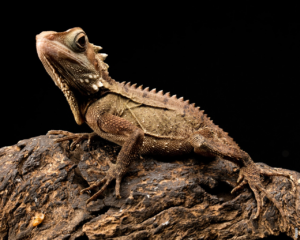The Ingenious World of Insecticidal Traps
In the great battle between humans and insects, we have devised numerous methods to keep these pesky creatures at bay. One such technique that has gained popularity is the use of insecticidal traps. These traps are not only effective but also fascinating in their working mechanism.
The Science Behind Insecticidal Traps
Insecticidal traps are designed to attract and capture insects, ultimately leading to their demise. The traps exploit various factors, including the insects’ behavior and sensory systems, to lure them in.
Visual Appeal: Luring Insects with Colors and Patterns
Many insecticidal traps rely on visual cues to entice insects. Bright colors and specific patterns are strategically used to mimic flowers or potential food sources for certain insect species. These traps create an irresistible visual allure, enticing unsuspecting insects closer to their doom.
Chemical Trickery: Pheromones and Attractants
In addition to visual cues, insecticidal traps often employ chemical trickery to attract insects. Pheromones, which are chemical substances emitted by insects to communicate with each other, play a significant role in these traps. By synthesizing these pheromones or using synthetic attractants, traps can effectively lure target insects.
The Art of Deception: Traps That Resemble Prey
Some insecticidal traps take their design inspiration from nature’s own deceit. They mimic the appearance and scent of prey, tricking insects into thinking they have found a potential meal. Once the unsuspecting insect ventures too close, it becomes ensnared in the trap, sealing its fate.
Post
Post
The Final Blow: Ensuring Capture and Elimination
Once an insect is lured into an insecticidal trap, its chances of escape are slim. These traps are designed with mechanisms to prevent insects from escaping once they have entered. Adhesive surfaces, sticky traps, or complex labyrinth structures ensure that once an insect enters, it is trapped indefinitely.
The Environmental Impact: A Safer Alternative
Insecticidal traps offer a more environmentally friendly solution to insect control compared to traditional pesticides. They target specific insect species, minimizing harm to beneficial insects and reducing chemical usage.
The Future of Insecticidal Traps
As our understanding of insect behavior and biology continues to expand, so will the effectiveness of insecticidal traps. Scientists are exploring innovative techniques, such as using ultraviolet light or sound frequencies, to attract and capture insects. The future holds exciting possibilities for even more efficient and targeted insect control methods.
In conclusion, insecticidal traps are a captivating blend of science and ingenuity. With their visually appealing designs, chemical attractants, and deceptive tactics, these traps outsmart unsuspecting insects. As we strive to coexist with the insect world, these traps offer a safer and more sustainable approach to insect control.



